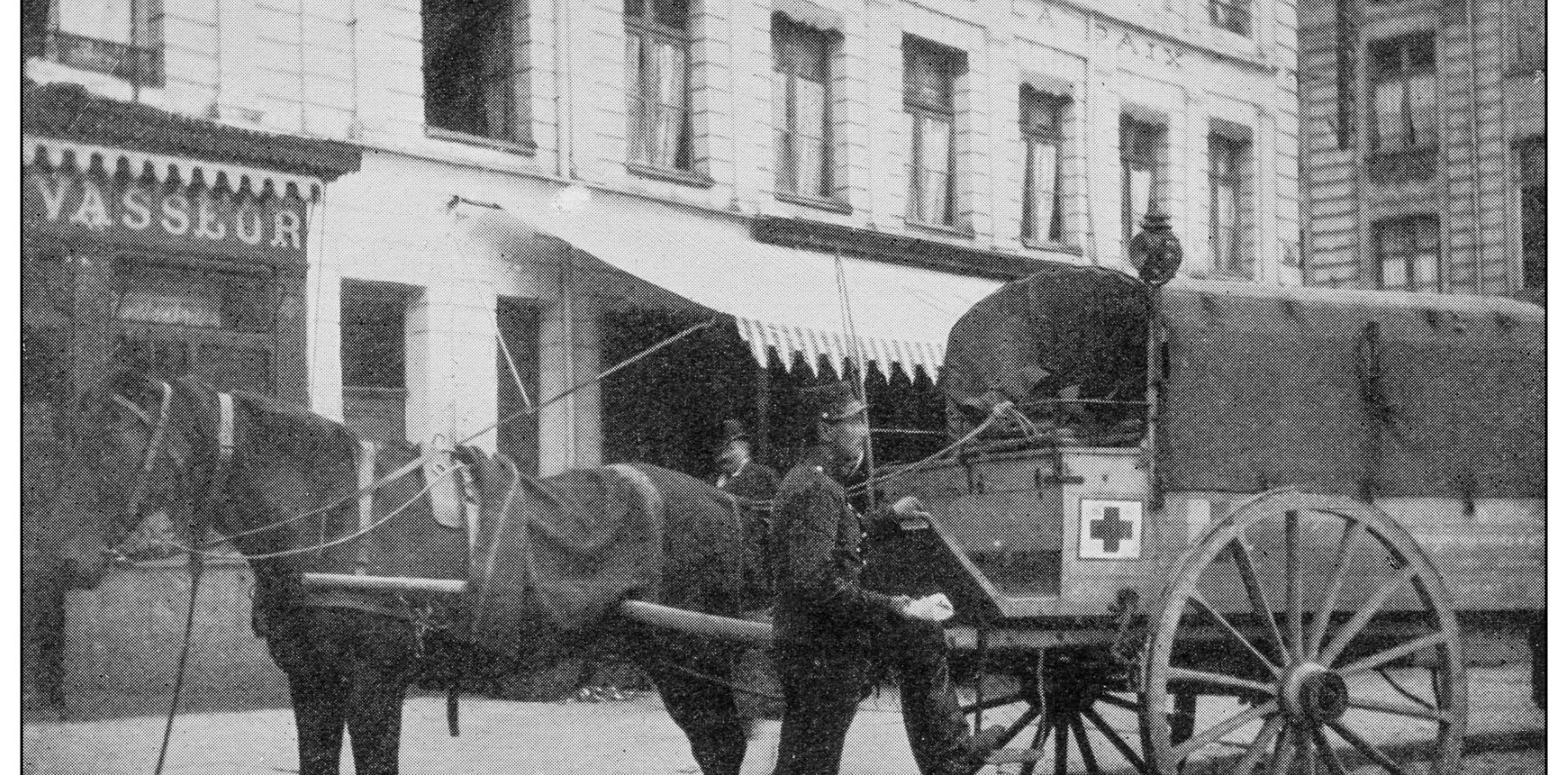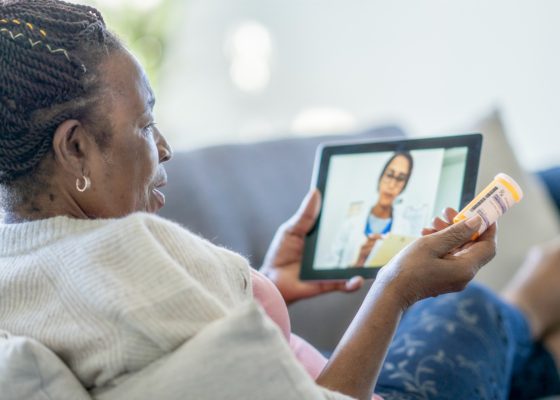Stratifying patients at home by risk of diabetic ketoacidosis will help prevent unnecessary transportations to hospital.
The Victorian Virtual Emergency Department and Ambulance Victoria have announced paramedics will soon carry ketone strips to check for diabetic ketoacidosis and determine whether patients can be safely managed at home in an effort to avoid unnecessary transportations.
Speaking to delegates at the Digital Health Festival in Melbourne yesterday, Dr Loren Sher, VVED clinical director, said the new program will be launched later this month.
“Our ability to manage patients [with diabetic crisis] in the home setting is reduced if we don’t have ketones, because it is difficult to risk stratify these patients,” Dr Sher told Health Services Daily.
“Patients will often have high sugars, but not necessarily elevated ketones. If a patient looks well, they’ve got high sugars, but their ketones are negative, [then] that puts them in a category that’s much easier to manage in the home setting versus a patient who has really high ketones, [which] would put them into a much sicker category.”
The idea for this project started when Professor Elif Ekinci, head of diabetes at Austin Health and director for the Australian Centre for Accelerating Diabetes Innovations, approached the VVED to explore potential collaborative opportunities in using telehealth for diabetic patients.
“We pulled all the stakeholders together and recognised there was this great opportunity in the diabetes space, but Ambulance Victoria not having [access to the] ketones made it quite challenging,” said Dr Sher.
Abbott has donated 80,000 ketone strips to AV to help facilitate the project, Dr Sher explained. Paramedics will collect a small amount of blood via finger prick to check ketone levels, similar to how the test is performed in a hospital setting.
Previous research indicates while that hyperglycaemic management only accounts for 0.4% of annual AV workload, 90% of patients required transportation to hospital.
Ambulance Victoria is a key partner of the VVED, with AV paramedics making between 80 and 1000 calls to the VVED per day. Paramedics accessing the VVED spend approximately an hour with their patients from arrival on scene to discharge from the VVED, according to Dr Sher.
Dr Sher explained AV was happy with the amount of time paramedics spent on scene in situations like these because 75% of all VVED cases are diverted away from a physical ED, meaning paramedics and ambulances can get back on road more quickly compared to potentially spending hours ramped at a hospital.
Dr Sher also highlighted there was an expectation that paramedics accessing the VVED would have their patients seen within 15 minutes, and that these patients were prioritised where necessary to ensure this target was met.
Dr Sher told HSD the current average wait time for AV patients to be seen in the VVED was nine minutes, well within the 15-minute timeframe.



